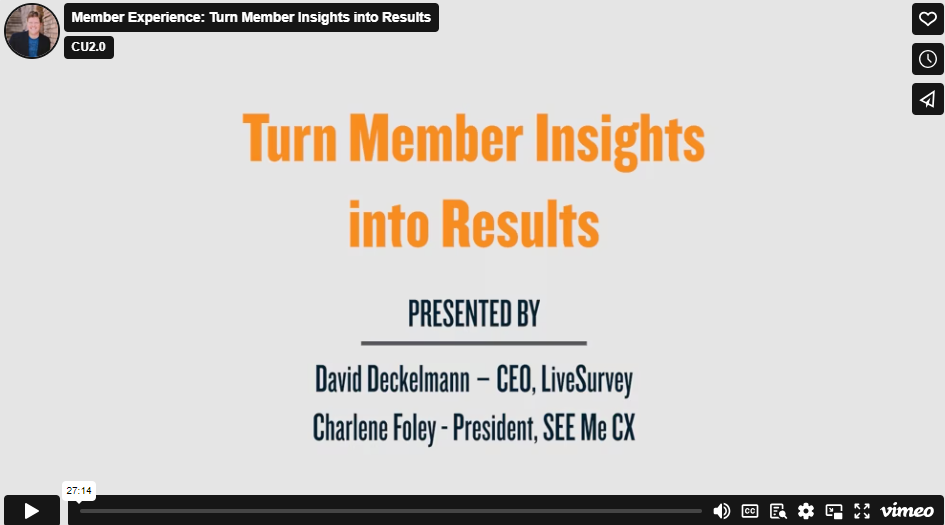The First Step: Build Your NPS Survey
3 Reasons to Keep it Simple
Getting started with NPS is probably easier than you think. The most basic NPS survey is only two questions long. That’s it. You can add more– but you don’t have to. Especially at first. There is power in its simplicity. Also, additional questions will reduce your response rate, which can decrease by as much as 25% for each question you add to a survey.
Simple = Easy
The simple “recommend” + “follow up” question pairing shortens the survey creation process. Unlike starting from scratch to create your own question set, you won’t end up with “question creep”, which leads to long surveys nobody wants to finish. Not only does a short NPS survey have higher completion rates, but the NPS results are also focused on driving behavior instead of trying to generate “research data.”
A simple survey connects better with members.
The NPS question and language is specifically designed to connect with members. The psychology behind the “recommend” question prompts members to think a certain way about their answer, and that answer gives you better insight into your place in the member’s life.
Short surveys won’t waste their time, either. And the open-text format of the “why” question gives them space to share their opinions (which are probably even more valuable than the scores).
Focused results from NPS surveys are more actionable.
Creating more promoters is an easy concept for staff and managers to understand and act on.
The NPS methodology keeps a tight focus on three categories of member: Promoters, Detractors and Passives, and the actions required to improve performance within each group. This helps managers and staff stay focused on what matters.
The three “action groups” clearly define for staff members how to handle follow-up or “close the loop” activities. This creates a powerful service recovery culture that will increase retention and create a deeper bond with members who were considering closing their accounts.
Getting Started: Your To-Do List
- Using the “recommend” and “follow-up” questions as the starting point, create a simple survey with as few questions as possible. Rely on the NPS question pair as your main source of information.
- Track each survey response to a specific member, so your feedback is member specific. This is also critically important for “close the loop” activities. There are several online tools that let you do this if you are willing to upload member information to the internet, or you can check out www.livecusurvey.com/contact to use a trusted company that specializes in helping credit unions.
- Identify specific points in the member life cycle when you will be most interested in “checking in” with members. Schedule your surveys to go out to those specific members at the correct times.
- If these are transaction surveys, consider asking an “effort” or “satisfaction” question as well, to measure the details of the specific interaction, in addition to your overall relationship with the member.
See you next week when we’ll talk about using the results of your survey to increase accountability across your organization





